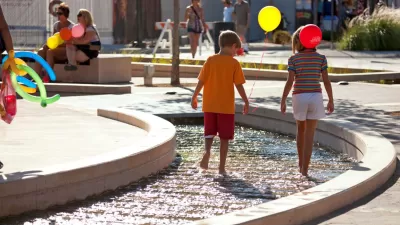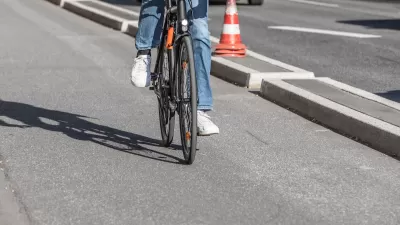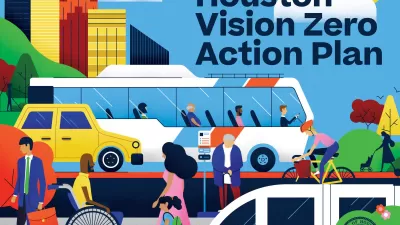Several strategies and initiatives seek to make parks more accessible on foot in the county of Los Angeles. Clement Lau, an L.A. County planner, summarizes a few of these strategies and initiatives.
Los Angeles County is employing a multi-pronged effort to make its parks more accessible. L.A. County planner Clement Lau writes about these efforts. Most of these efforts or initiatives have neither originated nor are limited to L.A. County. They are intended to apply everywhere they are needed in the Country. Under a half-mile from residence to park has become the standard for an adequate number and dispersion of parks. However, distance isn’t the only barrier to parks. Other barriers include lack of sidewalks and bike lanes, speeding vehicles, crime, and other things that can make a walk or bike ride to a park feel unsafe or unpleasant.
- Safe Routes to Parks – A joint effort of the National Recreation and Park Association (NRPA) and the Safe Routes to School National Partnership to provide evidence-based best practices to create safe access to parks.
- 10-Minute Walk Campaign – A joint effort of the aforementioned NRPA, the Trust for Public Land (TPL), and the Urban Land Institute (ULI) to promote the development of parks within a 10 minute walk of all residences. The initiative provides grants and technical assistance to support planning efforts that further the 10-minute walk goal. It has also created a useful and widely used park planning tool called ParkServe.
- Step by Step Pedestrian Plan – A plan developed by the LA County Dept. of Public Health is a "tailored approach" to pedestrian planning by involving residents, businesses, and other stakeholders to meet community needs.
- Vision Zero Action Plan – LA County, like many other municipal and regional governments, has its own "vision zero" plan. While the term has become somewhat overused, LA County’s VZ Plan prioritizes the obvious but rarely adequately implemented approach that involves "acknowledging that people make mistakes."
For a more detailed description of the these initiatives, as well as links to the programs, please refer to the source article.
FULL STORY: A Walk to the Park

Alabama: Trump Terminates Settlements for Black Communities Harmed By Raw Sewage
Trump deemed the landmark civil rights agreement “illegal DEI and environmental justice policy.”

Study: Maui’s Plan to Convert Vacation Rentals to Long-Term Housing Could Cause Nearly $1 Billion Economic Loss
The plan would reduce visitor accommodation by 25% resulting in 1,900 jobs lost.

Planetizen Federal Action Tracker
A weekly monitor of how Trump’s orders and actions are impacting planners and planning in America.

Wind Energy on the Rise Despite Federal Policy Reversal
The Trump administration is revoking federal support for renewable energy, but demand for new projects continues unabated.

Passengers Flock to Caltrain After Electrification
The new electric trains are running faster and more reliably, leading to strong ridership growth on the Bay Area rail system.

Texas Churches Rally Behind ‘Yes in God’s Back Yard’ Legislation
Religious leaders want the state to reduce zoning regulations to streamline leasing church-owned land to housing developers.
Urban Design for Planners 1: Software Tools
This six-course series explores essential urban design concepts using open source software and equips planners with the tools they need to participate fully in the urban design process.
Planning for Universal Design
Learn the tools for implementing Universal Design in planning regulations.
Caltrans
Smith Gee Studio
Institute for Housing and Urban Development Studies (IHS)
City of Grandview
Harvard GSD Executive Education
Toledo-Lucas County Plan Commissions
Salt Lake City
NYU Wagner Graduate School of Public Service





























